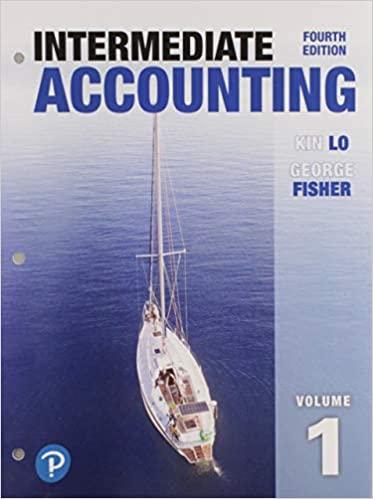Answered step by step
Verified Expert Solution
Question
1 Approved Answer
Please show all steps and fully explain. If excel spreadsheet is used show cell code. Assume the case of a single buyer and a single
Please show all steps and fully explain. If excel spreadsheet is used show cell code.
Assume the case of a single buyer and a single supplier, for a supply chain of a single product. The demand for the product is 22,000 units per year. Buyer ordering cost is $600 per order, and buyer inventory holding cost is $8 per unit, per year.
For the supplier, ordering cost is $400 per order, and inventory holding cost is $6 per unit, per year.
- If the buyer determines the quantity Q to be supplied, compute the total cost of ordering and inventory holding cost for the buyer and also for the supplier, and the total costs for the supply chain.
- Compute the above costs in the case of supplier setting up the Q.
- Compute the costs of ordering, inventory holding, and total costs for the whole supply chain if the two companies decide to go for joint planning to minimize the costs.
- Find out the differences in ordering costs and in holding costs for buyer and supplier under the two scenarios of (a) and (b). Make a table to show the different values.
- If the current practice is dictated by the buyer, and the supply chain as a whole wants to shift to the policy where the total supply chain costs are to be minimized, what is the excess cost to be borne by the buyer?
- What can you recommend about profit sharing or compensation for the buyer to agree to move to joint planning scheme?
Step by Step Solution
There are 3 Steps involved in it
Step: 1

Get Instant Access to Expert-Tailored Solutions
See step-by-step solutions with expert insights and AI powered tools for academic success
Step: 2

Step: 3

Ace Your Homework with AI
Get the answers you need in no time with our AI-driven, step-by-step assistance
Get Started


